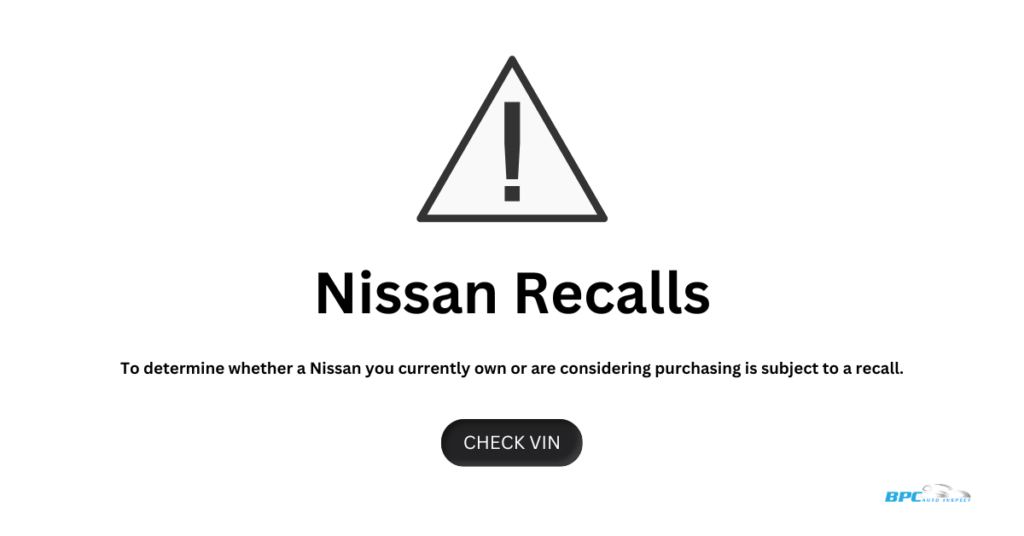Are the Nissan Pulsar problems enough to cross it off your list of used cars to buy? Here we take a look at why this car is so cheap.
Understanding the Nissan Pulsar
Nissan Pulsar in Australia was the benchmark of small cars for a long time. The marketing 19,990 drive away! Some owners were on their second, third and even fourth Pulsar by the time it was killed off in 2006 for the unfamiliar name, Nissan Tiida. Then after the Tiida experiment failed to get going in Australia, the Nissan Pulsar was reborn in 2012 in a hatch (C12) or sedan (B17).
One of the most spacious cars in the small-class segment and has plenty of legroom all around with ok build quality. So why are many of these vehicles found at car auctions? We need to look at the common problems to see why, and if you have one or are considering buying one, here are some tips to avoid the taste of lemon!
Common Nissan Pulsar Problems: Causes, Solutions, and Prevention
Engine Problems:
- Most owners complain of engine lag when they put their foot down, but that has more to do with the Continuously Variable Transmission (CVT), which is the Achilles heel of the Nissan Pulsar automatic.
- Frequent oil top-ups between regular oil changes. Due to faulty piston rings or valve seals.
- Timing Chain Issues leading to engine noise (tinny sound ). Mainly on a cold start-up.
- Cooling system problems. Leaks from a faulty radiator and overheating from a malfunctioning thermostat.
Transmission Problems
The CVT transmission fitted to the Nissan Pulsar B17 or C12 is the reason for most negative reviews, and not if, but when it fails, it will cause you headaches. Most Wreckers and automatic repair shops know this, so budget around $4500 for a rebuilt transmission with new parts or $3500 for a used one. See my tips below.
Nissan Pulsar 2013 Transmission Problems Are:
- Shuddering or jerking when shifting gears.
- Loud noises coming from the transmission.
- Leaks from the transmission.
- The transmission is not shifting gears properly.
If you experience any of these signs, it is essential to have your vehicle towed to a qualified mechanic as soon as possible. Continuing to drive with a failing CVT transmission can damage the transmission further and make it more expensive to repair.
Common Causes Why Your Nissan Pulsar B17 Transmission May Fail:
- Low fluid levels: The CVT transmission in the Pulsar B17 requires a specific type of fluid that must be kept at the correct level. If the fluid level is too low, it can cause the transmission to overheat and fail.
- High mileage: The CVT transmission in the Pulsar B17 is designed to last for a long time, but it can eventually wear out, especially if the vehicle is driven a lot.
- Harsh driving: The CVT transmission in the Pulsar B17 is not designed to handle harsh driving conditions, such as sudden acceleration or braking. If the transmission is subjected to harsh driving conditions, it can wear out prematurely.
- Manufacturing defects: There have been some reports of manufacturing defects in the CVT transmissions in the Pulsar B17. These defects can cause the transmission to fail even if the vehicle is maintained correctly.
If you own a Nissan Pulsar B17, it is essential to have the CVT transmission serviced regularly and to avoid harsh driving conditions. This will help to prevent the transmission from failing prematurely.
Nissan Pulsar Transmission Replacement Cost
Explore options before committing to a costly Nissan Pulsar transmission replacement. You can learn about potential repair costs, used CVT availability including on eBay for 2013-2018 models* (eBay affiliate link), and wreckers offering deals for common Nissan problems.
Some Tips if You Own or Are Thinking of Buying a Nissan Pulsar
The attraction to the Nissan Pulsar is usually price, so if you see value for money and want to either cross it out and move on or take the leap, these tips will help you decide.
Here’s what Richard says at ProductReview
It’s a boring car that does Everything Ok.
Need a professional car inspection in Brisbane? Contact us here.
This car is the ultimate example of Accountants getting the final say on a car.
First, the Positives.
It is easily the most spacious small car in it’s segment and has ample front and rear leg room for adults, even behind my (6’4″) driving position.
It is economical. Returns 5.8 – 6.3L/100 depending on driving regimen.
It appears well built, with no obvious rattles or buzzes at 60K.
It has been reliable so far, but mine is a 6 Speed Manual, so I sidestepped the CVT issues common with this model (and the result of most of the negative reviews here)
It is pretty quiet on the freeway.
The Negatives
- If you don’t need an automatic, then don’t buy one. Most of the negative reviews are due to the failure of the CVT. If you need an Automatic or own a Nissan Pulsar already, you will need around $4,500 for repairs or $3500 for a used transmission replacement from the wreckers. So factor this into your purchase price. If you already have an automatic, start putting $100 in a separate bank account per week. In 12 months, you will have the money for when the inevitable happens.
- Remember, many Nissan Pulsars were used as a fleet or rent-a-car so try to avoid one.
- If you cross it off your list of potential buys, consider a Hyundai i30, Mazda 3 or a 2007 – 2013 Toyota Corolla (ZRE152R). This model does not have a CVT.
Don’t risk buying a lemon. Book your Brisbane car inspection now.
Also Please Note: The information contained on this page is for general information purposes only. All reasonable steps have been taken to ensure that this information is accurate, complete and up-to-date. Also if you believe any information we have displayed is inaccurate, please contact us immediately and we will take reasonable steps to correct it. Finally, this information is a guide only and cannot be used as a reference to the point of law.


